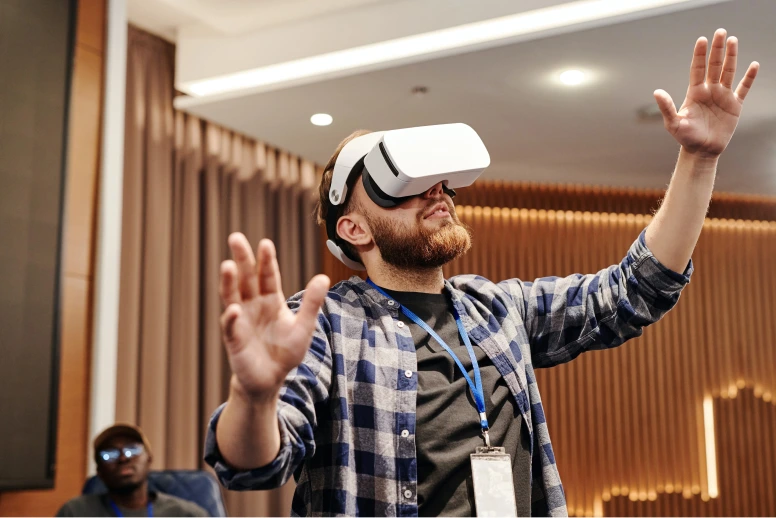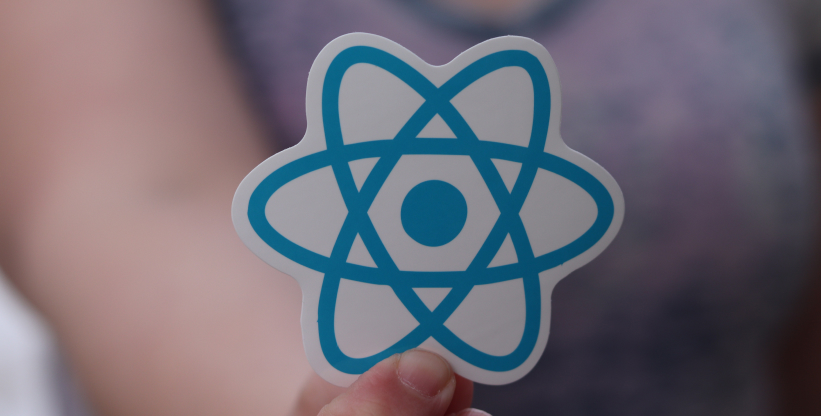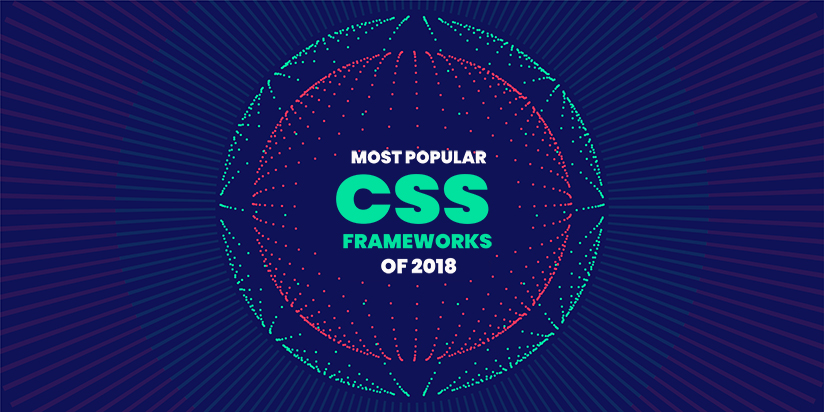ReactJS and AR/VR: Exploring the Possibilities for Business Applications

Are you a business owner searching for innovative ways to captivate your audience and stay ahead in today’s competitive landscape? Do you find yourself pondering the possibilities of combining the power of ReactJS with the immersive realms of Augmented Reality (AR) and Virtual Reality (VR)? Look no further! In this blog, we delve into the exciting fusion of ReactJS and AR/VR technologies, unraveling the untapped potential and exploring the vast array of possibilities for business applications.
From enhancing user experiences to revolutionizing industries, the combination of ReactJS and AR/VR holds the key to unlocking a new dimension of creativity and engagement. We will dive deep into understanding ReactJS, its component-based architecture, and declarative syntax that empowers ReactJS developers to build dynamic and scalable user interfaces. Moreover, we will unveil the fascinating world of AR/VR, where the real and virtual blend seamlessly, offering endless opportunities for businesses.
Join us on this journey as we uncover the benefits, explore use cases, navigate the challenges, and present practical solutions for leveraging ReactJS and AR/VR in your business applications. Get ready to push the boundaries of innovation and create immersive experiences that leave a lasting impact on your audience. So, are you ready to embark on this transformative adventure? Let’s dive in!
Understanding ReactJS 
ReactJS is an open-source JavaScript library developed by Facebook that has gained widespread popularity among developers. It provides a powerful toolkit for building dynamic and interactive user interfaces.
At its core, ReactJS employs a virtual DOM (Document Object Model) that acts as a lightweight representation of the actual DOM. This enables ReactJS to efficiently update and render components, resulting in improved performance.
One of the key features of ReactJS is its component-based architecture, which promotes the reusability and modularity of code. Developers can create reusable UI components that encapsulate specific functionalities and can be easily composed together to build complex interfaces. This component-based approach simplifies development, maintenance, and testing, making ReactJS a popular choice for large-scale applications.
ReactJS also introduces a declarative syntax, where developers define how the UI should look based on the application’s current state. This declarative nature of ReactJS allows for more predictable and manageable code, as developers don’t have to worry about manually manipulating the DOM.
With its efficient rendering, component reusability, and declarative syntax, ReactJS empowers developers to create highly performant and scalable applications, making it a preferred choice for frontend development in modern web development projects.
Introduction to AR/VR
Augmented Reality (AR) and Virtual Reality (VR) are cutting-edge technologies that offer immersive and interactive experiences to users.
AR combines the real world with virtual elements, overlaying digital information onto the user’s view of the physical environment. This technology enhances the user’s perception and interaction by providing real-time information, virtual objects, or contextual data.
VR, on the other hand, creates a completely simulated environment, immersing users in a digital world. By wearing VR headsets, users can experience a sense of presence and interact with virtual objects and environments as if they were real.
Both AR and VR have diverse applications across industries such as gaming, entertainment, education, training, healthcare, and more. They offer unique opportunities for businesses to engage users, provide realistic simulations, visualize products, and create memorable experiences.
As these technologies continue to evolve, AR and VR are becoming more accessible and affordable, opening up new possibilities for businesses to leverage their potential in creating innovative and impactful solutions.
The Benefits of Combining ReactJS and AR/VR
Combining ReactJS with AR/VR technologies offers numerous benefits that can revolutionize the development of immersive and interactive applications.
Here are the key advantages of this powerful combination
- Enhanced User Experience: ReactJS enables the creation of responsive and interactive user interfaces, while AR/VR technologies provide immersive and engaging experiences. By combining the two, businesses can deliver highly interactive and visually appealing applications, resulting in enhanced user satisfaction and engagement.
- Faster Development: ReactJS’s component-based architecture, along with its extensive ecosystem of libraries and tools, accelerates the development process. Developers can leverage ReactJS’s reusability and efficient rendering to build AR/VR applications more quickly and efficiently, reducing development time and costs.
- Cross-Platform Compatibility: ReactJS supports cross-platform development, allowing businesses to create AR/VR applications that can run on different devices and platforms. This versatility helps reach a wider audience and ensures a consistent experience across various devices, including smartphones, tablets, and VR headsets.
- Scalability and Maintainability: ReactJS’s modular approach and well-defined component structure make it easier to scale and maintain AR/VR applications. ReactJS promotes code reusability and separation of concerns, allowing developers to manage complex applications more effectively and make future updates and enhancements with ease.
- Rich Ecosystem: ReactJS benefits from a vast and active developer community, offering a wide range of libraries, tools, and resources. This ecosystem provides access to frameworks and APIs specifically designed for integrating ReactJS with AR/VR technologies, simplifying development and expanding the capabilities of the applications.
- Seamless Integration: ReactJS seamlessly integrates with AR/VR frameworks and libraries, allowing developers to combine the power of React’s declarative syntax and component-based architecture with the capabilities of AR/VR. This integration enables the creation of intuitive user interfaces, efficient state management, and seamless interactions with AR/VR elements.
Use Cases of ReactJS and AR/VR in Business Applications
The combination of ReactJS and AR/VR offers countless possibilities for business applications across diverse industries.
Here are a few examples
- E-commerce: Integrating AR technology into e-commerce applications allows customers to visualize products in a real-world context before making a purchase. ReactJS can be used to build intuitive user interfaces that facilitate seamless AR experiences, enabling customers to virtually try on clothes, preview furniture in their homes, or test out cosmetic products.
- Real Estate: AR/VR has the potential to revolutionize the real estate industry by enabling virtual property tours and interior design visualizations. ReactJS can power the interfaces for these applications, providing interactive navigation, property filtering, and immersive 3D experiences for potential buyers and renters.
- Training and Simulation: AR/VR can be utilized to create realistic training and simulation environments for industries such as aviation, healthcare, manufacturing, and more. ReactJS can assist in building the user interfaces that facilitate user interactions, track progress, and provide real-time feedback, enhancing the effectiveness and efficiency of training programs.
- Education: ReactJS and AR/VR can greatly enhance educational experiences by creating interactive and immersive learning environments. Students can explore historical sites in virtual reality, dissect virtual organisms in biology classes, or practice complex experiments in physics simulations. ReactJS allows for the creation of engaging and interactive interfaces that facilitate seamless interactions with the AR/VR content.
- Marketing and Advertising: AR/VR can be leveraged in marketing and advertising campaigns to create immersive brand experiences. ReactJS can power the creation of interactive promotional applications, allowing users to engage with virtual products, participate in virtual events, or explore virtual showrooms.
- Collaboration and Remote Work: With the rise of remote work, AR/VR can enable virtual collaboration and remote training scenarios. ReactJS can be utilized to build collaborative interfaces that facilitate real-time communication, content sharing, and interactive experiences, allowing remote teams to work together as if they were physically present.
- Gaming and Entertainment: ReactJS can be used to create interactive user interfaces and game components within AR/VR gaming experiences. By integrating ReactJS with game engines and AR/VR frameworks, developers can deliver immersive and visually stunning gaming experiences.

Tools and Frameworks Required
When combining ReactJS with AR/VR technologies, several tools and frameworks can assist in the development process.
Here are some popular choices
- A-Frame: A-Frame is a web framework for building VR experiences using HTML and React components. It simplifies the creation of VR scenes and interactions by providing a declarative API. A-Frame offers a wide range of components, systems, and utilities that make it easy to integrate ReactJS and build immersive VR applications.
- react-three-fiber: react-three-fiber is a React renderer for three.js, a powerful JavaScript library for 3D graphics. It allows developers to combine React components with 3D visuals, enabling the creation of immersive VR experiences. React-three-fiber provides a declarative and efficient approach to building VR scenes, leveraging the power of ReactJS and three.js.
- AR.js: AR.js is an open-source library that allows developers to create AR experiences for the web. It can be integrated with ReactJS to build AR applications that run directly in the browser, without the need for additional software or plugins. AR.js provides marker-based and location-based AR capabilities, making it a versatile choice for AR development with ReactJS.
- ViroReact: ViroReact is a cross-platform AR/VR development platform that integrates seamlessly with React Native, a popular framework for building mobile applications. With ViroReact, developers can create immersive AR/VR experiences for both iOS and Android devices using ReactJS syntax and components. It offers a range of features such as 3D object rendering, physics simulations, and gesture recognition.
- Unity3D with React Unity WebGL: Unity3D is a powerful game engine widely used for creating AR/VR experiences. React Unity WebGL is a package that enables React components to be embedded within Unity3D applications. This combination allows developers to harness the capabilities of Unity3D for creating immersive AR/VR experiences while utilizing ReactJS for building UI components and managing application states.
These tools and frameworks provide developers with the necessary infrastructure and capabilities to integrate ReactJS with AR/VR technologies effectively. They simplify the ReactJS development process, offer efficient rendering, and provide a wide range of features and functionalities to create engaging and immersive AR/VR applications. Developers can choose the tool or framework that best suits their project requirements and development preferences.
- Challenges and Considerations: While combining ReactJS with AR/VR technologies offers immense potential, there are certain challenges and considerations to keep in mind:
- Performance: AR/VR applications demand high-performance rendering and real-time interactions. It is crucial to optimize the performance of ReactJS components and integrate them efficiently with AR/VR frameworks. Careful consideration should be given to minimize rendering bottlenecks, optimize code execution, and manage resource-intensive operations to ensure smooth and responsive experiences.
- Device Limitations: AR/VR experiences are heavily dependent on the capabilities of the target devices. Different devices have varying hardware specifications and performance capabilities. Developers must consider these limitations and optimize their applications accordingly. Ensuring compatibility and optimal performance across a range of devices can be a challenge, requiring thorough testing and optimization.
- User Interface Design: Designing user interfaces for AR/VR applications requires a different approach compared to traditional 2D interfaces. It is crucial to prioritize usability, intuitiveness, and seamless interactions when designing the UI for AR/VR experiences. Developers need to account for factors like user comfort, ergonomics, and spatial interactions to create immersive and user-friendly interfaces.
- Learning Curve: Working with AR/VR technologies and integrating them with ReactJS may have a learning curve, especially for developers who are new to these technologies. Familiarity with AR/VR concepts, frameworks, and tools is essential to effectively leverage their capabilities. Developers may need to invest time in learning and gaining expertise in AR/VR development practices and techniques.
- Content Creation and Integration: Creating high-quality AR/VR content and integrating it with ReactJS applications can be challenging. Designing 3D models, animations, and assets requires specialized skills and tools. Integration of AR/VR content with ReactJS components also requires careful planning and consideration of data formats, performance optimization, and synchronization between the virtual and real-world elements.
- User Experience Testing: Testing AR/VR applications go beyond traditional testing methodologies. It involves testing in different real-world environments, considering factors like lighting conditions, device tracking accuracy, and user interactions. Thorough testing is essential to ensure a seamless and immersive user experience across different devices and scenarios.
By addressing these challenges and considerations, developers can overcome hurdles and create compelling AR/VR experiences using ReactJS. Collaboration with experts in AR/VR development, utilizing specialized tools and frameworks, and conducting extensive testing can help mitigate these challenges and deliver high-quality AR/VR applications.
How Imenso Software Can Help You Overcome These Challenges?
Imenso Software is a software development company that specializes in AR/VR development and ReactJS expertise. They can provide valuable assistance in addressing the challenges and considerations associated with combining ReactJS with AR/VR technologies.
Here’s how Imenso Software can help
- Performance Optimization: Imenso Software’s team of experienced developers understands the intricacies of optimizing performance in ReactJS and AR/VR applications. They can analyze and fine-tune your application to ensure efficient rendering, minimize bottlenecks, and optimize resource utilization for a smooth and responsive user experience.
- Device Compatibility: Imenso Software stays up to date with the latest advancements in AR/VR hardware and software ecosystems. They can help you navigate the complexities of device limitations, ensuring compatibility and optimal performance across a range of devices. Their expertise allows them to optimize your application to deliver the best possible experience on various platforms.
- User Interface Design: Imenso Software has a team of skilled UI/UX designers who understand the unique considerations of designing interfaces for AR/VR applications. They can work closely with you to create intuitive and immersive user interfaces, considering factors such as user comfort, ergonomics, and spatial interactions. Their expertise in user-centric design ensures a seamless and engaging user experience.
- Expertise in AR/VR Content Creation: Imenso Software has expertise in creating high-quality AR/VR content, including 3D models, animations, and assets. They can assist you in developing captivating and realistic virtual content that integrates seamlessly with your ReactJS application. Their proficiency in content creation tools and workflows ensures visually appealing and immersive experiences.
- Testing and Quality Assurance: Imenso Software understands the importance of thorough testing in AR/VR applications. They have robust testing methodologies to evaluate the application’s performance, functionality, and user experience across different scenarios and devices. Their rigorous testing processes help identify and address any issues or inconsistencies, ensuring a polished and reliable final product.
- Industry Experience: Imenso Software has worked on various AR/VR projects across industries like e-commerce, real estate, education, and more. Their domain expertise allows them to understand the specific requirements and challenges associated with different business applications. They can provide valuable insights and recommendations based on their industry experience to enhance your AR/VR project.
Imenso Software’s comprehensive expertise in AR/VR development, along with their proficiency in ReactJS, makes them a valuable partner in overcoming the challenges and considerations of integrating these technologies. They can guide you through the entire development lifecycle, from ideation and design to implementation and testing, ensuring the successful delivery of your AR/VR application with ReactJS.
Conclusion
ReactJS and AR/VR technologies have the potential to transform the way businesses interact with users, customers, and employees. By combining the power of ReactJS’s component-based architecture and efficient rendering with the immersive capabilities of AR/VR, businesses can create engaging and innovative applications across various industries. With the right tools, frameworks, and considerations, the possibilities for ReactJS and AR/VR integration are endless, paving the way for exciting business applications in the future.
We’re honored to mention that our efforts have been recognized by renowned B2B review and research platforms such as GoodFirms, Clutch, MirrorView, and many more.
Want more information about our services?
Similar Posts

Hybrid Working Model: A New Normal For Businesses After The Pandemic
It’s over a year since the vaccinations were hurling in, being tested for the new mutations of coronavirus, and everyone was asked to stay home. Now the world has moved past the pandemic and brought enterprise executives’ attention to a new problem – getting employees back to the office. ...

A Complete Web Development Guide For Small Businesses In 2023
If you’re a business owner, you should make use of cutting-edge technologies to speed up your company’s services and increase your chances of making a profit. Of all the jobs that must be done in the realm of technology, creating a website is among the most crucial and intricate....

Freewheeling with Design- Five Most Popular CSS Frameworks of 2018 for You
‘What does the customer want?’ As a developer, you wonder about, worry over, and meditate around it numerous times a day. After all, adapting any solution to a user’s need is as much a part of your job as is to filter through their requirements and pinpoint their needs. CSS frameworks support you in such […]...









